




Here is another pretty good presentation about what kind of 22 Rifle to buy. This guy seems to know what he is talking about.
Thanks for reading this!
Grumpy
Nagant Model 1895

Now some of you Folks out there are saying WTF is this? Or what is the old fool talking about now?
Well it’s a Nagant Revolver. That the Russian issued to their troops back in Queen Victoria’s time. Which then served Mother Russia until the Early 1950’s.

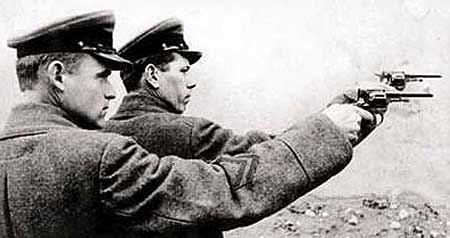
Now I have seen quite a few of them at the Local Gun Shows for the past 20 plus years. I am also in the market for one also. Especially since they have the 2 key things about them. That I like.
A. They are Weird looking.
&
B. They are still fairly cheap to buy.
(I hope that you are taking the hint oh Son & Heir of mine. As my Birthday is coming up soon!)
Anyways, it is a very tough and reliable pistol. With the key idea that it is almost soldier proof. With a very strange way of firing off a round.
Seems that the Cylinder moves toward the breech of the pistol. Which then seals it off and prevents gas leakage. Why this was done. Is beyond me.
I myself suspect that a lot of really bad vodka was involved in this part of the planning of the gun. But who knows really?

I just hope that Putin is not a reader of this blog. As he would probably send the Spetsnaz after me.

Now here is some more information about the The Gun from Russia!
Nagant M1895
| Nagant M1895 revolver | |
|---|---|
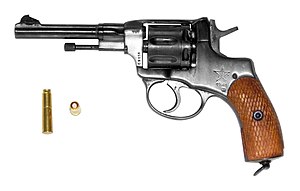
A Nagant M1895 produced in 1941 by the Tula Arsenalwith its 7.62×38mmR ammunition
|
|
| Type | Revolver |
| Place of origin | Belgium Russian Empire Soviet Union |
| Service history | |
| In service | 1895–present |
| Used by | See Users |
| Wars | Boxer Rebellion Russo-Japanese War World War I Russian Revolution of 1917 Russian Civil War Spanish Civil War Winter War World War II Chinese Civil War Hukbalahap Rebellion Korean War Vietnam War |
| Production history | |
| Designer | Emile & Léon Nagant |
| Designed | 1886 |
| Manufacturer | Nagant, Soviet Arsenals (Tula& Izhevsk), Państwowa Fabryka Karabinów[1] |
| Produced | 1895–1945 (1895–1898 Nagant, 1899–1945 Tula, 1930 Warsaw, 1943–1945 Izhevsk) |
| No. built | ~2,000,000[citation needed] |
| Variants | Single-action NCO version, .22 caliber sporting model |
| Specifications | |
| Weight | 1.8 lb (0.8 kg), unloaded |
| Length | 10.5 in (235 mm) |
| Barrel length | 4.5 in (114 mm) |
|
|
|
| Cartridge | 7.62×38mmR 7.62mm Nagant |
| Caliber | 7.62mm |
| Action | Double action, Single-action |
| Rate of fire | 14–21 rounds/min |
| Muzzle velocity | 891 ft/s (272 m/s) |
| Effective firing range | 50 yds (46 m)[2] |
| Feed system | 7-round cylinder |
| Sights | Fixed front post and rear notch |
The Nagant M1895 Revolver was a seven-shot, gas-seal revolverdesigned and produced by Belgian industrialist Léon Nagant for the Russian Empire.
The Nagant M1895 was chambered for a proprietary cartridge, 7.62×38mmR, and featured an unusual “gas-seal” system, in which the cylinder moved forward when the gun was cocked, to close the gap between the cylinder and the barrel, providing a boost to the muzzle velocity of the fired projectile and allowing the weapon to be suppressed (an unusual ability for a revolver).[3]
Contents
[hide]
Russian M1895[edit]
Léon Nagant and his brother Émile were well known in the Russian Tsar’s court and military administration because of the part they had played in the design of the Russian service rifle, the Mosin–NagantModel 1891. The Nagant M1895 was adopted as the standard issue side arm for the Imperial Russian Army and police officers, where it replaced earlier Smith & Wesson models.[4]
Production began in Liège, Belgium; however Russia purchased the manufacturing rights in 1898, and moved production to the Tula Arsenal in Russia, and was soon producing 20,000 examples per year.[4]
Until 1918 it was produced in two versions: a double-action version for officers, and a cheaper single-action version for the ranks.[5] It continued to be used after the Russian Revolution by the Red Armyand Soviet security forces. The distinctive shape and name helped it achieve cult status in Russia and in the early 1930s the presentation of a Nagant M1895 revolver with an embossed Red Star was one of the greatest honours that could be bestowed on a Party Member. The common Russian name for the revolver, наган (nagan) became synonymous with the concept of the revolver in general and was applied to such weapons regardless of actual make or model.
As early as 1933 the M1895 had started to be replaced by the Tokarev semi-automatic pistol but was never fully replaced until the Makarov pistol in 1952. It was still produced and used in great numbers during World War II and remained in use with the Russian Railways, postal service, and some remote police forces[6] for many years. In the Russian Federation, it was only retired from use with postal security service in 2003, and from bailiff security service (Федеральная служба судебных приставов) in 2009.[7]
Technical characteristics[edit]
Revolvers typically have a small gap (sometimes called the flash gap) between the cylinder and the barrel to allow the cylinder to revolve. The bullet must “jump” this gap when fired, which can have an adverse effect on accuracy, especially if the barrel and chamber are misaligned. The gap also is a path for the escape of high pressure (and temperature) gases. Expensive revolvers such as Korth and Manurhin are hand-fitted, keeping the gap to a minimum. Mass-produced revolvers may have a gap as large as 0.25 mm.
The M1895 by contrast, has a mechanism which, as the hammer is cocked, first turns the cylinder and then moves it forward, closing the gap between the cylinder and the barrel. The cartridge, also unique, plays an important part in sealing the gun to the escape of propellant gases. The bullet is deeply seated, entirely within the cartridge case, and the case is slightly reduced in diameter at its mouth. The barrel features a short conical section at its rear; this accepts the mouth of the cartridge, completing the gas seal. By sealing the gap, the velocity of the bullet is increased by 15 to 45 m/s (50 to 150 ft/s.) This feature also eliminates the possibility of injury from gases escaping through the gap, which can damage a finger if the user holds the gun with a finger positioned beside the gap.[8]
The disadvantage of this design is that Nagant revolvers were laborious and time-consuming to reload, with the need to manually eject each of the used cartridges, and reload one cartridge at a time through a loading gate. At the time the revolver was designed, this system was obsolete. In England the Webley revolver used a break action that simultaneously ejected all six spent cartridges; and in America the swinging crane and star ejector had replaced the loading gate and ejector rod system. However, the Nagant design did have the advantage of requiring less machining than more modern designs.
The Nagant M1895 was made in both single-action and double-action models before and during World War I; they are known colloquially as the “Private’s model” and the “Officer’s model”, respectively. Production of the single-action model seems to have stopped after 1918, with some exceptions, including examples made for target competition. Most single-action revolvers were later converted to double-action, making original single-action revolvers rather rare.
Whether fired in single action or double action, the Nagant M1895 has a markedly heavy trigger pull.
History and usage[edit]
The M1895 revolver was used extensively by the Russian Imperial Army and later by the Soviet Union after the Russian Revolution. In Russian service, it was known for its extreme sturdiness and ability to withstand abuse. As one former Imperial Russian officer stated, “if anything went wrong with the M1895, you could fix it with a hammer”.[citation needed]
It was widely employed by the Bolshevik secret police, the Cheka, as well as its Soviet successor agencies, the OGPUand NKVD. Seven Nagant revolvers were used by communist revolutionaries to murder the Russian imperial family and their servants in July 1918.[9] In the police role, it was frequently seen with a cut-down barrel to aid in concealment by plainclothes agents. Despite the advent of the more modern Soviet TT pistol, the M1895 remained in production and use throughout World War II.
The Nagant’s sealed firing system meant that the Nagant revolver, unlike most other revolvers, could make effective use of a sound suppressor, and suppressors were sometimes fitted to it.[10]
Suppressed M1895 Nagant revolvers, modified in clandestine workshops, also turned up in the hands of Viet Congguerrillas during the Vietnam War as assassination weapons. There is an example of a suppressed Nagant M1895 in the CIA Museum in Langley, Virginia, USA.
The weapon was considered “antique” in Belgium and it became legal to be in possession of the weapon. In 2013 the weapon was again prohibited. Nagant revolvers have been found with the terrorist Amédy Coulibaly in 2015 and with a Dutch weapondealer.[11]
Variants[edit]
Military[edit]
- Nagant “Private’s model” («солдатский» наган) – a single-action version for non-commissioned officers and soldiers
- Nagant “Officer’s model” («офицерский» наган) – a double-action version for officers
- suppressed Nagant[12] with sound suppressor known as the “BRAMIT device” (BRAtya MITiny – “Mitin Brothers”) – produced since 1929 for Soviet reconnaissance and scout troops
- Ng wz. 30 (Nagant wz. 30)
Civil[edit]
- KR-22 «Sokol» (КР-22 «Сокол») – .22 LR[13]
Cartridges[edit]
Russian[edit]
7.62mm Nagant is also known as 7.62×38mmR (Rimmed) or “Cartridge, Type R”. The projectile is seated below the mouth of the cartridge, with the cartridge crimp sitting just above the bullet. When fired, the crimp expands into the forcing cone, completing the gas seal and ostensibly increasing muzzle velocity by approximately 75 ft/s.
The 7.62 mm caliber was chosen, in part, to simplify the tooling used in barrel-making and manufacture of projectiles because the Russian service rifle of the time, the Mosin–Nagant M91, featured an identical bore diameter, being chambered for the 7.62×54mmR rifle cartridge.
The revolver can be fired using the .32 S&W, .32 S&W Long and .32 H&R Magnum cartridges, but this practice is not generally advised. .327 Federal Magnums should never be fired in this revolver. The Nagant revolver was not designed to fire these rounds, which have different dimensions, so the shooter should be aware of the risks before attempting to use them in the revolver. Aftermarket cylinders for .32 can be installed, allowing them to safely fire .32 H&R or .32 ACP.
Proper fitting ammunition can be reloaded from .32-20 Winchester brass by using the Lee Nagant die set. This allows the reloaders to work up a load that fits their needs and is specific for the Nagant. While this eliminates the bulged/split/stuck cases experienced when using .32 S&W and .32 H&R, the gas seal that made the Nagant famous will still not fully function, due to the .32-20 not being long enough to protrude past the cylinder like the original Nagant ammunition.
Swedish / Norwegian[edit]
| This section needs expansion. You can help by adding to it. (August 2013) |
Other Nagant revolver designs were also adopted by police and military services of Sweden (7.5mm M1887), Norway (M1893), Poland, and Greece (ΠερίστροφονM1895).
The Swedish and Norwegian Nagants used a different cartridge, the 7.5 mm Nagant. This ammunition is interchangeable with the 7.5mm 1882 Ordnance (aka Swiss 7.5mm revolver).[14][15]
Users[edit]
 Afghanistan
Afghanistan Albania
Albania East Germany[16]
East Germany[16] Democratic Republic of Georgia
Democratic Republic of Georgia Syria – by the Syrian army and special units and police
Syria – by the Syrian army and special units and police Belgium[17]
Belgium[17] Burundi
Burundi Finland – Used captured arms
Finland – Used captured arms France
France India
India Japan
Japan Kazakhstan – at least up to 1996 were used by security guards[18]
Kazakhstan – at least up to 1996 were used by security guards[18] Kenya
Kenya Laos[19]
Laos[19] Nazi Germany – Like many other foreign weapons, captured Polish Nagant revolvers were used under designation Revolver 612(p), captured Greek Nagant revolvers were used under designation Revolver 612(g), captured Soviet Nagant revolvers were used under designation Revolver 612(r). Members of Polnische Polizei im Generalgouvernement and Hilfspolizei were armed with these revolvers
Nazi Germany – Like many other foreign weapons, captured Polish Nagant revolvers were used under designation Revolver 612(p), captured Greek Nagant revolvers were used under designation Revolver 612(g), captured Soviet Nagant revolvers were used under designation Revolver 612(r). Members of Polnische Polizei im Generalgouvernement and Hilfspolizei were armed with these revolvers Nepal
Nepal Norway
Norway Poland[1][6]
Poland[1][6] Russian Empire – since 13 May 1895[20]
Russian Empire – since 13 May 1895[20] Russia – in 1998 were still used by some law enforcement units;[21] until 2003 were used by postal service security guards;[22] at least up to 2006 were used by security guards[23][24]
Russia – in 1998 were still used by some law enforcement units;[21] until 2003 were used by postal service security guards;[22] at least up to 2006 were used by security guards[23][24] Qatar
Qatar Somalia
Somalia South Africa
South Africa South Korea
South Korea Soviet Union[6]
Soviet Union[6] Second Spanish Republic[2][25]
Second Spanish Republic[2][25] Sweden[6]
Sweden[6] Tanzania
Tanzania Thailand
Thailand United Kingdom
United Kingdom Vietnam
Vietnam Kingdom of Yugoslavia[1]
Kingdom of Yugoslavia[1] Kingdom of Greece
Kingdom of Greece Ukraine – at least up to summer 2014 were used by railway security guards[26]
Ukraine – at least up to summer 2014 were used by railway security guards[26] Philippines– few quantities were exported to the Philippines during the Philippine Revolution and the Philippine-American War. Known to be the sidearm of revolutionary General Antonio Luna
Philippines– few quantities were exported to the Philippines during the Philippine Revolution and the Philippine-American War. Known to be the sidearm of revolutionary General Antonio Luna
Others[edit]
Well I liked it!
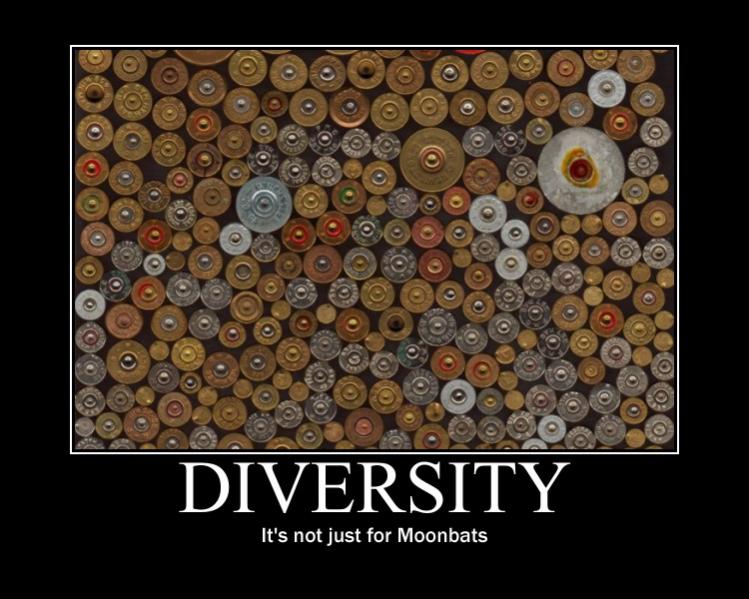
For Sale, Real Cheap!
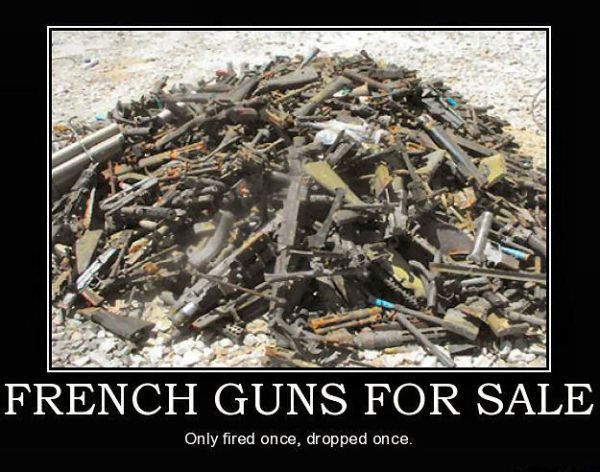
HA HA Made you look, huh?
Now over the past several decades of shooting. (God does that ever sound pompous!)

No not really!
I have found some stuff that makes some good gear to have around. No I am not getting paid (as of yet) to say this. So here we go!



The great thing about is that it is made of cast metal. So it will be probably be used by my Great Grand Kids. Since I always remember what my Dad (The Chemist) saying. “Plastics are no damn good in the long run”.
One piece cleaning rods

Dewey 1-Piece Cleaning Rod
Spanish Astra 600/43





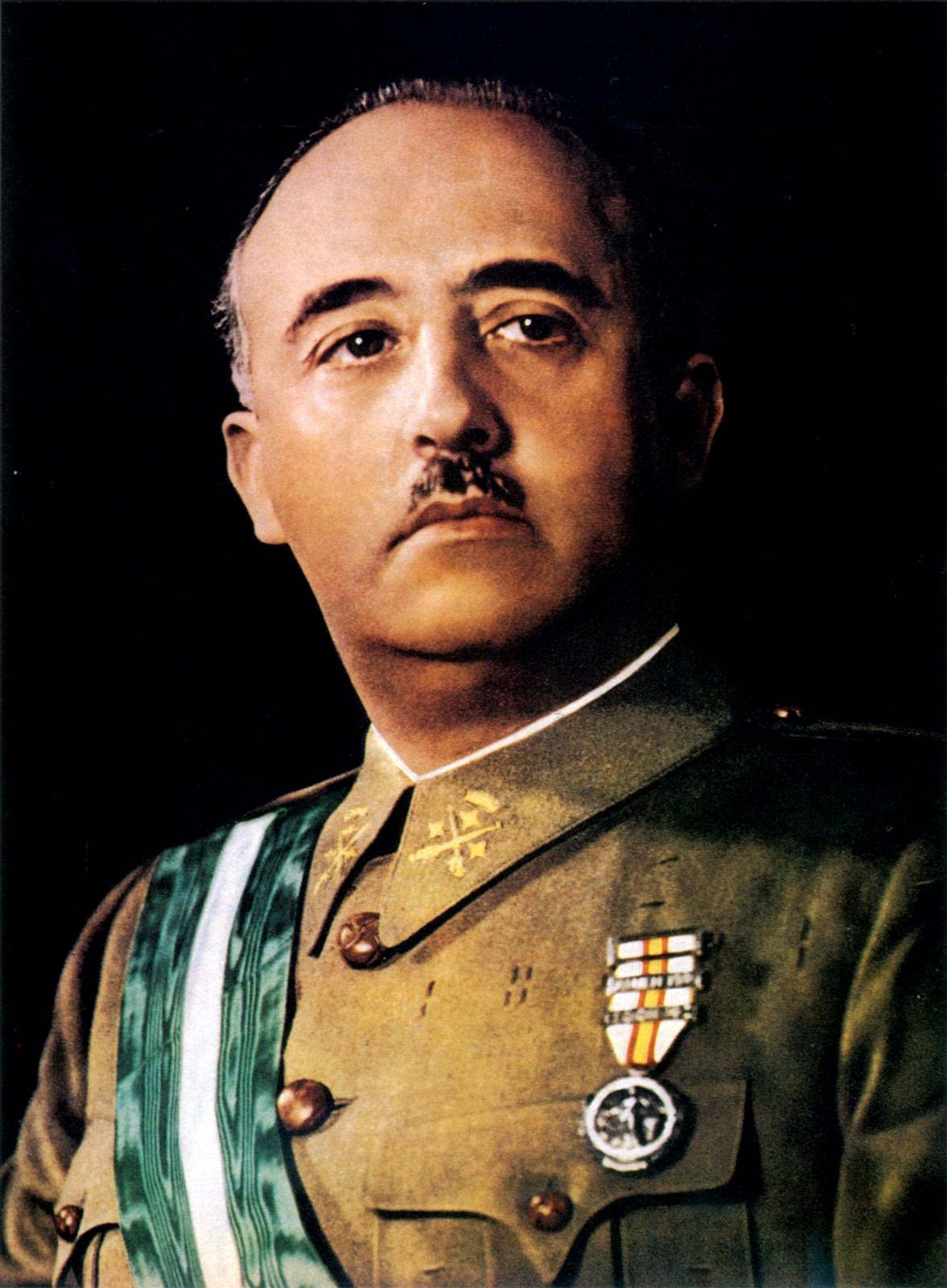
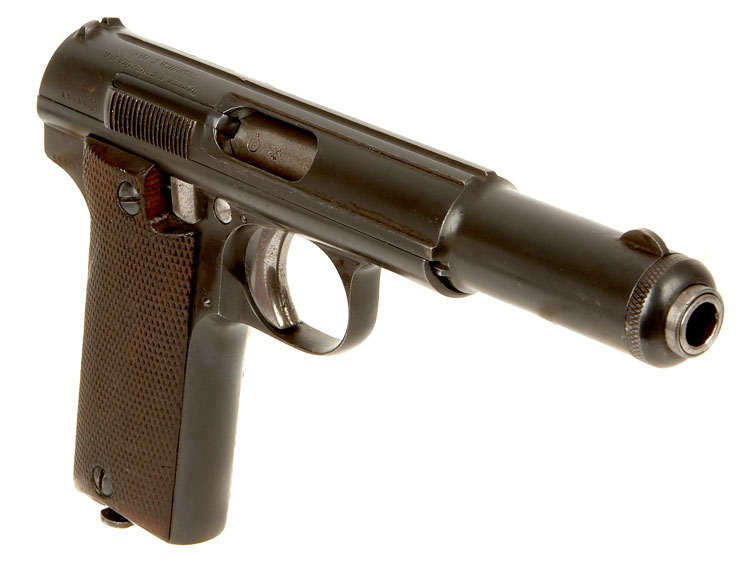
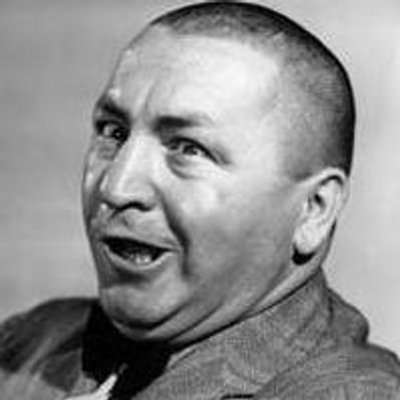
Spanish Astra 600/43 9mm Parabellum Semi-Auto Pistol WWII

Astra 600
| Astra 600 | |
|---|---|
| Type | Semi-automatic pistol |
| Place of origin | Spain |
| Service history | |
| In service | 1943–1945 |
| Used by | See Users |
| Wars | World War II |
| Production history | |
| Manufacturer | Astra-Unceta y Cia SA |
| Produced | 1943–1950s |
| No. built | Approx. 60,000 |
| Variants | Model 400 |
| Specifications | |
| Weight | 1.08 kg (2.4 lb) |
| Length | 205 mm (8.1 in) |
| Barrel length | 135 mm (5.3 in) |
|
|
|
| Cartridge | 9×19mm Parabellum |
| Action | Blowback operated |
| Feed system | 8-round box magazine |
| Sights | Fixed iron sights |
The Astra 600 was a Spanish semi-automatic pistol used during World War II. It was a shortened version of the Astra 400 in 9×19mm Parabellum.
History[edit]
The gun was made in Spain for Germany during World War II, and about 60,000 pistols were made, although only the first 10,500 were delivered before the liberation of France cut off the supply lines between Spain and Germany. The remaining pistols were primarily sold after the war to West Germany for police use, with a smaller number being purchased by the Portuguese Navy. The gun was rugged and of high quality and accuracy, despite the blowback operation of the gun and heavy weight, it gave a snappy, distinct recoil. Because of its ruggedness and weight, it was in some countries nicknamed “the pipewrench”.
Users[edit]
 Nazi Germany
Nazi Germany West Germany: Police
West Germany: Police PortugalNavy
PortugalNavy Spain
Spain
Now sadly there are some Folks out there. That should never be in the same area with a gun.
Also the Anti Gun / Anti Civil Rights folks are going to use this Tragedy for their cause.
So when someone asks your opinion. I think that the best answer is this. That yes it is time for the Government to do something about this.
THEN TELL THEM IT IS HIGH TIME FOR THE POWERS THAT BE. TO BEGIN TO START SPENDING SOME TIME & EFFORT TO HELP THE MENTALLY ILL OF THIS GREAT LAND OF OURS!
Good Luck & God Bless you all!
Grumpy
***Trigger Warning to the Max!***
*** Some really offensive material is coming up!****
Now I am willing to bet that this will highly urinate off a few folks. If so. Well I am almost sorry! But for the rest of the world enjoy!

Notice the very comfortable Tank Top. Which makes it easy to blend into the crowd after shooting up the area.
“Who Me? No I love The American / UN/ Anybody else’s Army!”

Now this youngster is obviously well prepared in case it snows in his area of operations.
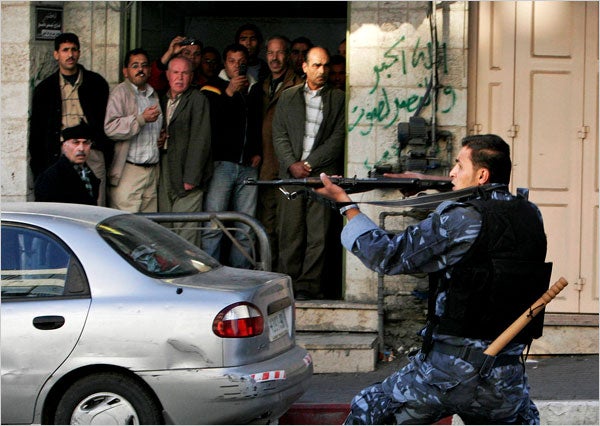
This brave lad is obvious not very happy about his Squad mates idea of a little humor. Or about their shortage of KY or any other kind of personal / intimate lubricates.
Don’t you just hate it. When your Squad leader dings you on a Uniform Infraction?

Now this upstanding Soldier has it down to the max! As he knows that if you are going into combat. Then you might as well have a sartorial clash! Pity that you can not see the wonderful set of pearls.
Some Day!
Meaning – The day that I can afford one and be back in the United States. Where I can legally own one!

-
- Telephone: 508-795-3919
- Contact Us
- My Account • Dealer Log In
- Technical Support • Service Shipping
  |
|
Thompson Submachine Gun
|
Quality Guns |




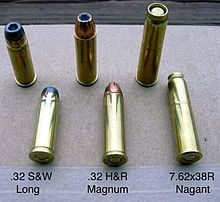





 General John T. Thompson, a graduate of West Point, began his research in 1915 for an automatic weapon to supply the American military. World War I was dragging on and casualties were mounting. Having served in the Army’s ordnance supplies and logistics, General Thompson understood that greater firepower was needed to end the war.
General John T. Thompson, a graduate of West Point, began his research in 1915 for an automatic weapon to supply the American military. World War I was dragging on and casualties were mounting. Having served in the Army’s ordnance supplies and logistics, General Thompson understood that greater firepower was needed to end the war. In 1919, Thompson directed Auto Ordnance to modify the gun for nonmilitary use. The gun, classified a “submachine gun” to denote a small, hand-held, fully automatic firearm chambered for pistol ammunition, was officially named the “Thompson submachine gun” to honor the man most responsible for its creation.
In 1919, Thompson directed Auto Ordnance to modify the gun for nonmilitary use. The gun, classified a “submachine gun” to denote a small, hand-held, fully automatic firearm chambered for pistol ammunition, was officially named the “Thompson submachine gun” to honor the man most responsible for its creation.